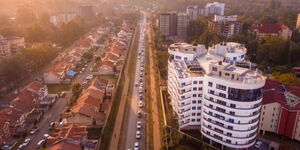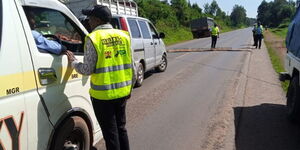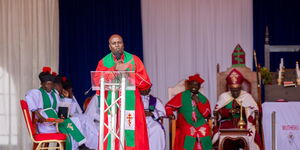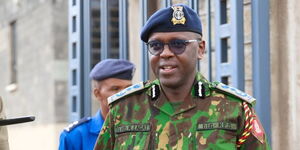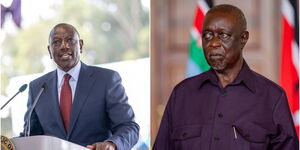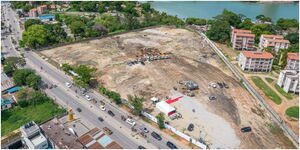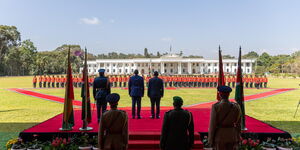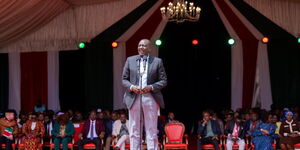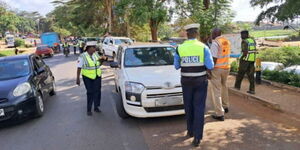Security expert George Musamali on Thursday, March 30, explained intrinsic details about anti-riot police squad tactics which are used against protesters.
Musamali who previously worked as a General Service Unit officer gave insights into how police officers are organised during mass action.
The former cop also reviewed the applicable laws under which various platoons are supposed to operate.
"In particular, the Kenya Riot Act spells out of protest should be managed, right from the composition of the anti-riot team to the use of gear," Musalia noted.
Anti-riot police officers are normally briefed by their seniors while on the location of the action.
All officers are required to strictly adhere to the commands given to them by the top commander who is leading the contingent.
Musamali explained that a group of anti-riot police is known as a platoon, which is often under a single commander, normally a senior officer.
"A platoon of riot squad is composed of 32 officers, and it is commanded by a single senior office. It is the commander who will be held responsible if anything wrong happens with his platoon.
"In the same platoon, twenty-seven anti-riot officers will be carrying buttons and shields. They will also be issues with teargas canisters which they will throw on the order of the commander," Musamali explained.
A platoon is made up of officers who play different roles which range from ordinary quelling of aggression by protesters to shooting down a demonstrator.
"A platoon must also have two gas gunners who will use their rifles to shoot the casters on the order of the commander.
"There are also two riflemen in a single platoon, who will be given at most 20 rounds of ammunition each," explained Musamali.
According to the security expert, police officers are not allowed to shoot at protesters without clear instructions from his or her leadership.
It is a serious breach of command for any police to willfully use his gun against a protester without getting a command from his leader.
"The use of live ammunition is allowed and it is in the Law. The riflemen are not supposed to use their guns on their volution. It is the responsibility of the platoon commander to identify the person who will be shot by the riflemen.
"In many cases, the platoon commander will identify the ring leader and order the riflemen to shoot him down," Musamali stated.
In the event the riflemen are required to use their firearms then the platoon commander would have to define part of the body that will be shot.
The shooting of a protester is meant to demobilise the ring leader, and not to kill, as such, riflemen are normally under strict instructions on what to do.
"Normally, the platoon commander will give orders on where to shoot. You don't shoot the head of a protester.
"The riflemen are supposed to shoot the legs in order to demoblise the ring leader of a protest, and not the head. So, that when anyone goes to court, the platoon commander will take responsibility," the former police officer explained.
Ordinarily, protests are supposed to be managed by regular police, unless the mass action becomes too volatile.
"The General Service Unit (GSU) officers only come out later in the day after Regular Police have battled protesters the whole day," Musamali noted.

